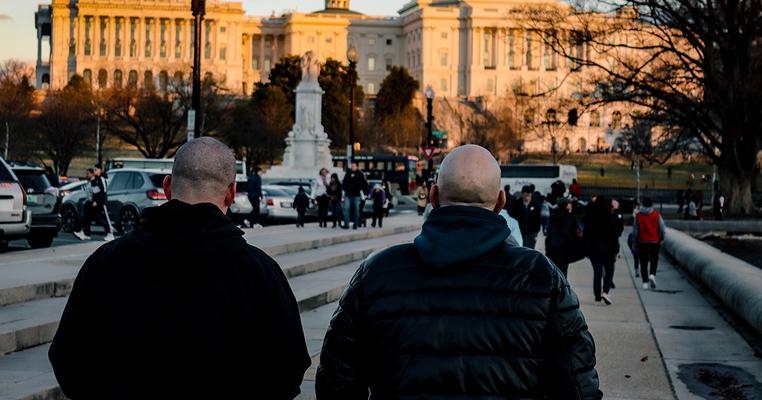
DC Did It – How Other Cities Can Follow Suit
Despite the proximity to the White House and a Trump Administration constantly moving backwards on climate policy, Washington, DC, is positioning itself as a leader in the fight against the climate crisis.
The Clean Energy DC Omnibus Amendment Act of 2018, or “Clean Energy DC Act,” signed by DC Mayor Muriel Bowser requires all of the District’s electricity to come from renewable sources like wind and solar by 2032.
This is huge. For context, this is a full 13 years earlier than California and Hawaii have committed to transition to 100 percent clean electricity.
What else will the law do?
In addition, the law will establish new, more stringent energy standards for existing buildings. And DC has a lot of them. According to Cliff Majersik, the executive director of the Institute for Market Transformation (IMT), the city will become the first US jurisdiction to require a broad swath of existing buildings to improve their whole-building energy performance.
The law will also create incentives for electric vehicles. And by 2045, all public transportation and privately-owned vehicle fleets in DC will have to produce zero emissions.
Finally, the law will expand existing carbon fees on companies who deliver fuel or heating oil to DC end-users – and use the dollars raised from these increased fees to fund clean energy programs. For example, revenue will be put aside for programs like building weatherization and energy bill assistance for lower-income households, as well as job development initiatives in energy efficiency fields.
Taken together, these measures are expected to slash emissions by 42 percent by 2032.
“Make no mistake about it, this is by far the most aggressive and impactful clean energy goal passed by any state to-date” said Department of Energy and Environment (DOEE) Director Tommy Wells.
So, how did this happen?
This all didn’t happen overnight.
Real momentum came from the DC Climate Coalition, which includes more than 110 environmental and justice advocacy organizations, faith groups, unions, consumer advocacy organizations, and local DC businesses.
The coalition was determined to build a broad and diverse group of partners. Part of the motivation was to show wide-ranging support for the bill. Just as important, the coalition wanted to bring many voices into the process and ensure the bill would tackle climate change without putting additional burdens on lower-income communities and communities of color.
And it worked! Over three years, the coalition gathered over 10,000 signatures showing support for the bill and showing District leaders residents were ready and behind them.
What you can do.
What happened in DC is an incredible example of what can happen when people work together to take action for the future of our planet. And the good news is, communities across the country can use this same playbook.
One way you can get involved today is to join your local Climate Reality chapter to find other activists in your area. Together, we can make a difference.


